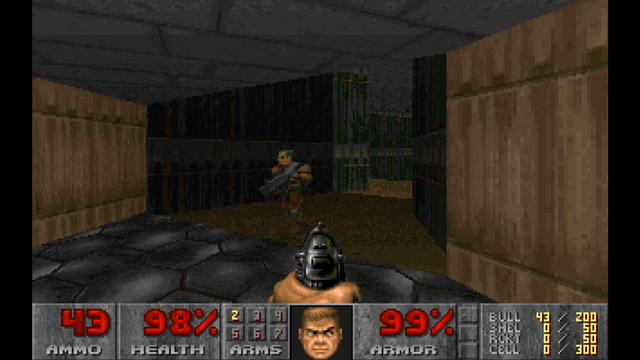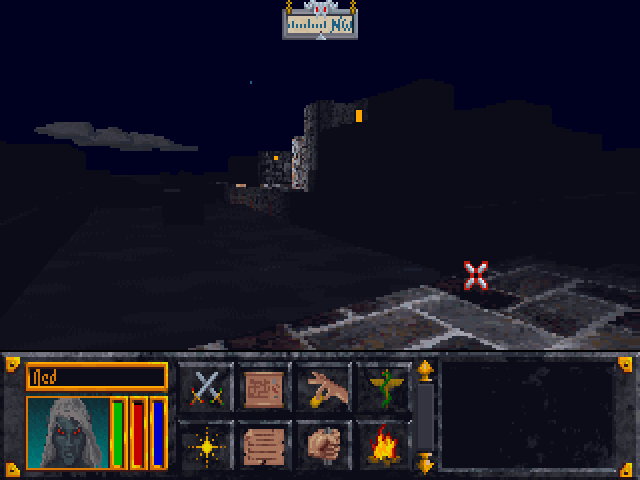Doom: The First Great Shooter?
The following is an entry for the Archdruid Gaming Gaming Decades: The 90's contest. If you're interested in writing for a chance to earn some Steem and participate in a great community, you should go over there and check them out!
One of the games that I think a lot about whenever people talk about the 90's is Doom. Born a year after I was (and not even quite that), I didn't have first-hand experience with Doom until long after its birth, but its effects could be felt in almost every game I played.
Doom gameplay, recorded by myself, with commentary.
Going back and playing Doom doesn't feel like going back decades. Graphically, maybe (though for 1993 it was certainly no slouch), some distance can be felt between modern games and its two-dimensional graphics, though its use of digitized models makes it much more realistic looking than counterparts (The Elder Scrolls: Arena, released in 1994, was itself a revolutionary game, but showcases how far ahead of the game Doom was: Arena was praised for its graphics, but they don't hold up as well despite receiving praise at the time).

Ultimate Doom (1995) running in DOSBox.

The Elder Scrolls: Arena (1994) running in DOSBox.
Part of the charm of Doom is that it gets the formula right, perhaps even more so than its descendants. Fast movement, controls that are intuitive and simple, and expansive levels with secrets.
It's a game that would go on to shape gaming as much as any other, including through the use of third-party generated content (via WADs) and engine licensing for other games.
It also had multiplayer, something which was becoming more feasible as the first appendages of the internet reached consumers and people began having more affordable and portable computers, which could be brought together in the absence of an internet connection to form local area network-based gaming sessions called LAN parties.
Both competitive and cooperative matches were available, and Doom's initial distribution as a shareware title meant that people were free to redistribute part of the game for free, making meet-ups to play and share Doom (either legally in its shareware form or through piracy) a regular occurence.
There were moral panics surrounding the game. The highly graphic nature of the content and the presence of demons and other hell-related elements made it controversial among religious and conservative groups. In 1999, several years after Doom's release, the Columbine High School shootings were associated with Doom, and a fierce debate raged over whether the violence was inspired by the gory hyperviolence of Doom. More recent studies have shown limited associations between video games and violence (e.g. those who are prone to violence are drawn to violent video games, but those who are not still play violent video games with no discernible impact), but at the time there were real concerns that Doom and games like it would corrupt society.
Nonetheless, by the time any controversies had caught on Doom and its successors were in the games industry as pivotal influences, and while it would be kept out of the hands of children by the ESRB in the United States and other games rating boards elsewhere in the world (including the author's), Doom continues to be an influence and receive sequels and spiritual successors.
The greatest influence of Doom is hard to pin down. It did not pioneer as many features as one might think (after all, the developers at id Software had made another first person shooter the year prior), but it broke into the culture as a youth phenomena and a game that offered a low entry barrier to games that would have mass market appeal through rich graphics and environments.